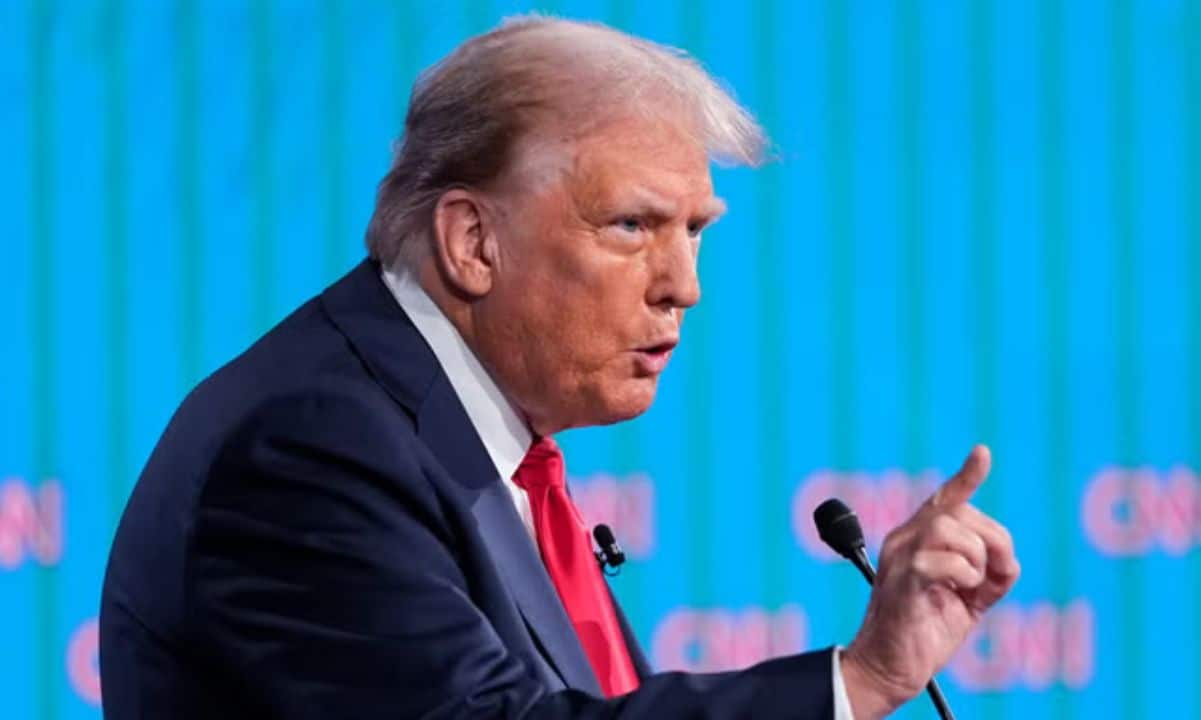ARTICLE AD BOX
JPMorgan has rolled out a significant upgrade to its blockchain platform, and as part of this effort, the company is rebranding it from Onyx to Kinexys.
The bank also revealed plans to introduce on-chain foreign exchange capabilities on the Kinexys platform by Q1 2025. This new feature is expected to enable automation of 24/7, near real-time multicurrency clearing and settlement, further enhancing the platform’s functionality.
JPMorgan’s Blockchain Unit Rebrands as Kinexys
JPMorgan has renamed its blockchain platform from Onyx to Kinexys. The rebranding came as the banking behemoth throws its weight behind the tokenization of real-world assets. Umar Farooq, Co-Head of JPMorgan Payments, pointed to the company’s objective of shifting beyond the constraints of traditional technology. The goal is to create the full potential of a multichain world.
Farooq emphasized that JPMorgan wants an increasingly connected ecosystem, tearing down fragmented systems. It also wants to improve interoperability, and helpe the financial infrastructure overcome its limitations as it stands today.
The tokenization of real-world assets, including traditional financial instruments, has become a fast-growing focus within blockchain technology.
Central banks are ramping up their involvement in this particular focus area. JPMorgan was an early front-runner in that space with Onyx and its blockchain-based settlement technology, the JPM Coin. The system has now been rebranded to Kinexys Digital Payments.
JPMorgan’s Kinexys to Introduce On-Chain FX in Q1 2025
JPMorgan reportedly said the blockchain business had processed more than $1.5 trillion of transactions since its launch in 2020. This includes intraday repos and cross-border payments at an average daily transaction volume of more than $2 billion. Its customers include Siemens, BlackRock, and Ant International.
The bank also announced the introduction of on-chain foreign exchange capabilities on the platform by Q1 2025. It said it would achieve “automation of 24/7, near real-time multicurrency clearing and settlement.” The service will initially handle the US dollar and euro, with other currencies expected later.
JPMorgan believes this indicates increasing transaction volumes, client adoption, and product expansion by the bank. This places it in an excellent position to accelerate the integration of blockchain technology and tokenization into TradFi.
A Strategic Rebrand or a Distraction?
The recent rebranding of the blockchain platform of JPMorgan from Onyx to Kinexys raised many questions: Why now? It was announced on US election day and released in Singapore, raising speculation over why this strategic move had been made.
According to people familiar with the situation, one possible factor for a name change comes from a potential copyright issue with the Onyx name. Some have even pointed out that the timing becomes suspect, as it almost appears to have deliberately diverted the media’s attention from the political event.
While JPMorgan positions the rebranding as an enhancement of its blockchain platform for a strategic reason, the timing and motive encourage skepticism about whether this was the real reason for making the name change.
Teuta Franjkovic
Teuta is a seasoned writer and editor with over 15 years of experience in macroeconomics, technology, and the cryptocurrency and blockchain industries. Starting her career in 2005 as a lifestyle writer for Cosmopolitan, she expanded into covering business and economy for several esteemed publications like Forbes and Bloomberg. Influenced by figures like Don and Alex Tapscott and Laura Shin, Teuta embraced the blockchain revolution, believing crypto to be one of humanity's most crucial inventions. Her fintech involvement began in 2014, focusing on crypto, blockchain, NFTs, and Web3. Known for her excellent teamwork and communication skills, Teuta holds a double MA in Political Science and Law.
Disclaimer: The presented content may include the personal opinion of the author and is subject to market condition. Do your market research before investing in cryptocurrencies. The author or the publication does not hold any responsibility for your personal financial loss.
 2 weeks ago
26740
2 weeks ago
26740










 English (US) ·
English (US) ·